U-2 Dragon Lady spy plane activity is not all that rare over California, but one test flight that emanated from the Air Force’s sprawling Plant 42 installation in Palmdale, California on February 4 certainly drew some attention. Airplane trackers kept tabs on the flight via online aircraft tracking software, while others spotted the U-2 up above 60,000-feet from terra-firma below. The test mission flew all over the state, before returning to base at Plant 42, where our contributor Matt Hartman just happened to be spotting. The result was some awesome detailed images of the U-2 that flew the sortie, which included a rare look at the Dragon Lady equipped with a modern panoramic imaging sensor installed in its glazed under-fuselage ‘Q bay,’ which seemed to still be actively scanning the ground below as the high-flying jet came into land.
U-2s have soldiered on way farther than pretty much anyone would have thought by now, but the type just keeps getting better with age. The RQ-4 Global Hawk was supposed to replace it, but as it sits now, the U-2 may be in just as good if not a better position to serve on into the future as the Global Hawk. Some of the U-2 testing that has occurred as of late has been high-profile in nature and included potentially revolutionary software, computer processing, and communications capabilities, including those that can literally upgrade an aircraft’s systems while they are in flight, as well as cutting-edge artificial intelligence initiatives.
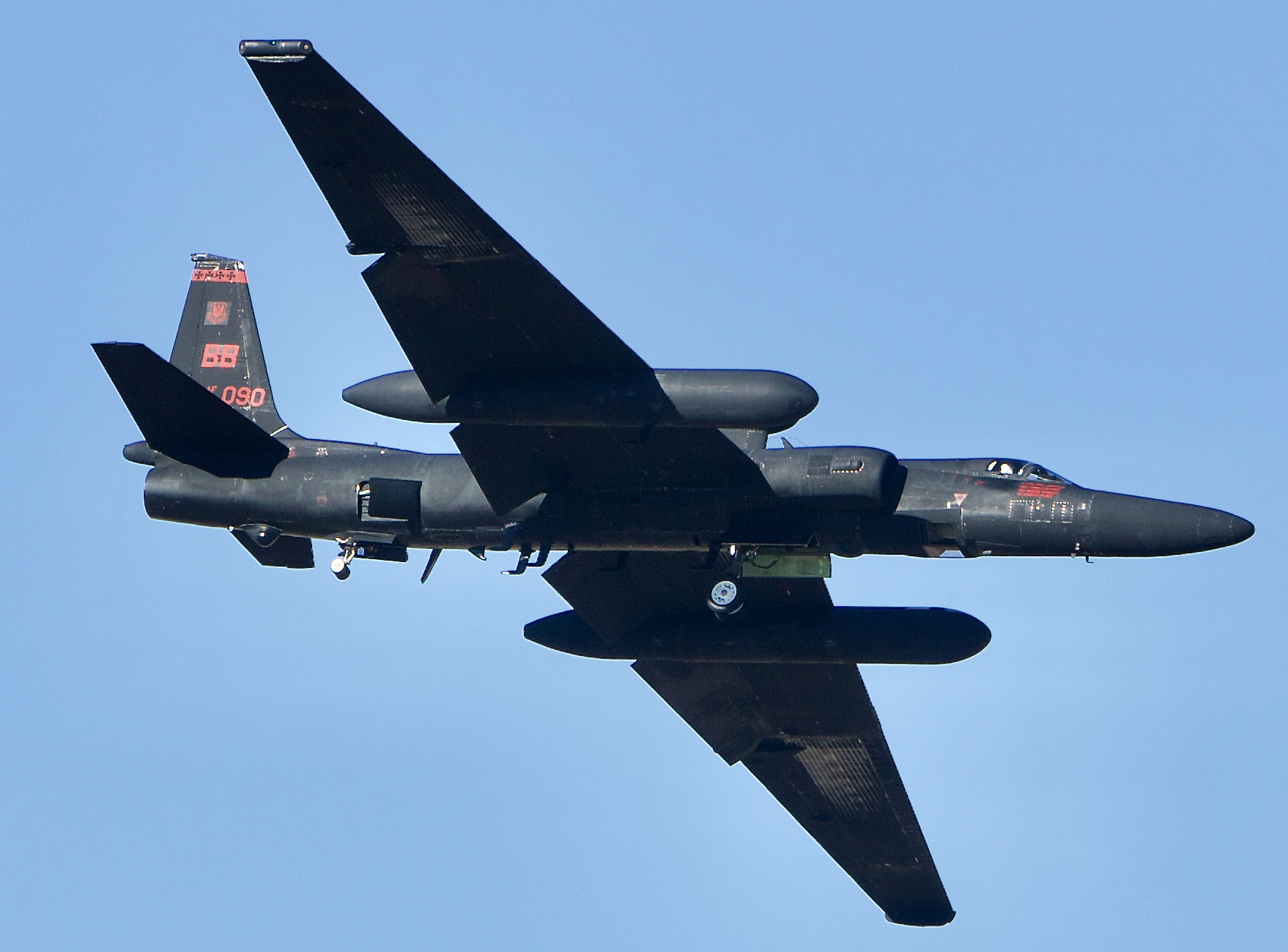
Regardless, we don’t know what the February 4 mission was all about, but it certainly included a grand tour of the state’s major population centers and didn’t include the usual grid-like flight patterns we are accustomed to seeing during the Dragon Lady’s high-flying surveillance test flights. Still, the detailed images of this exact U-2S landing at Palmdale do tell us how the aircraft was equipped for the curious sortie.

Most notably, the Dragon Lady in question featured a panoramic camera system installed in its Q-Bay, which is located behind the cockpit and under the fuselage. The panoramic camera takes images that span from horizon to horizon, and thus covers huge swathes of the surface of the earth in a single pan. By its very nature, these sensors collect overhead and oblique imagery.

Updates in digital sensor technologies and computer processing have allowed for these types of sensors’ images to be integrated together more seamlessly, far faster, and with better overall ease for intelligence exploitation. Some also still use film. Either way, these systems can provide continuous panoramic map-like images of very large areas. We can’t say for sure what camera system this was, but it looks very similar to what is known as the Optical Bar Camera (OBC), which is a legacy payload option on the Dragon Lady. It can take these panoramic images in long continuous strips, which would make sense if you look at this U-2 mission’s track.
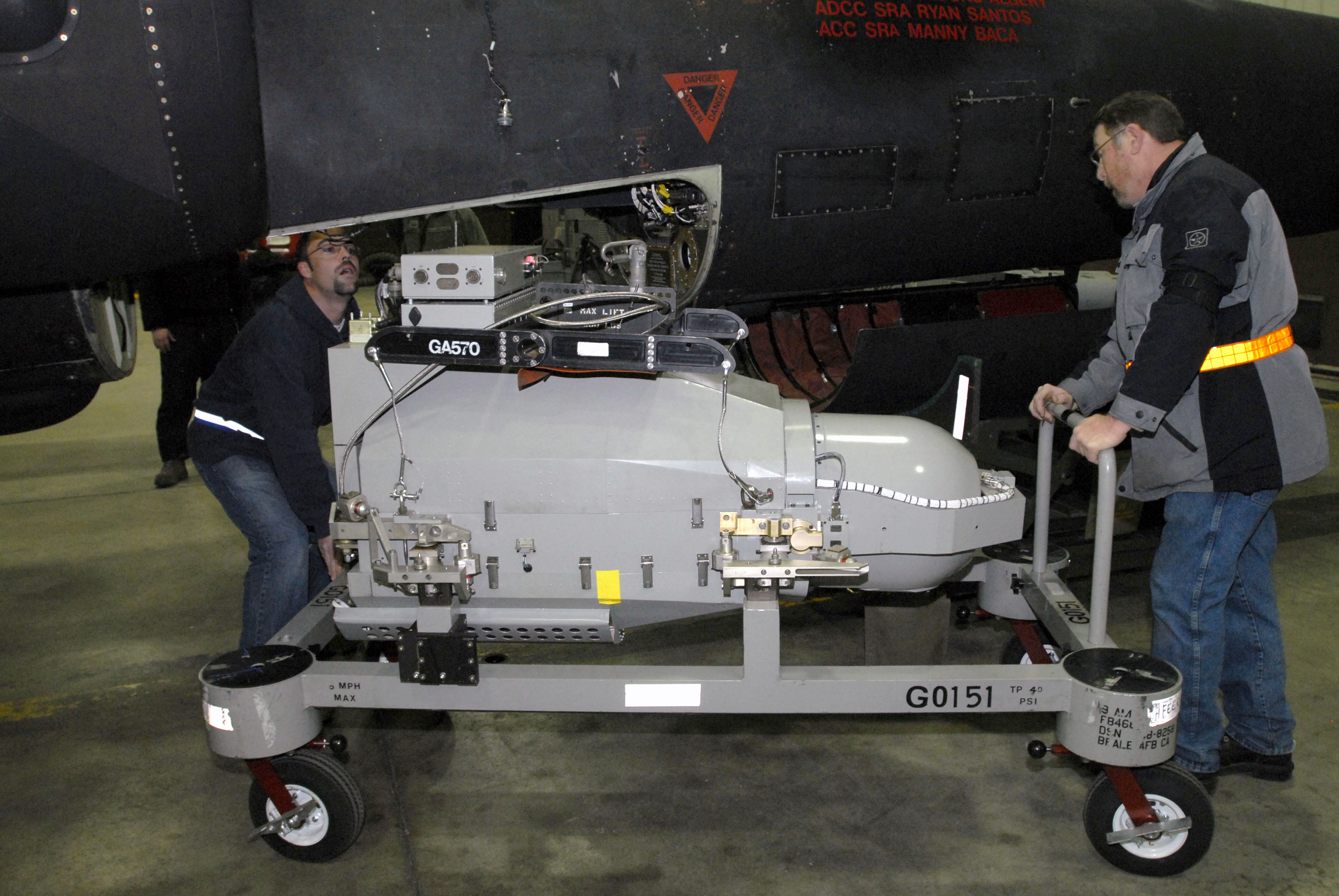

It could also be a similar system too, possibly one that is more advanced, leveraging the latest optical capabilities and digital-backend processing. Regardless, we know it is panoramic in nature and sure looks identical to the OBC. You can read a lot about OBC’s in this posting.
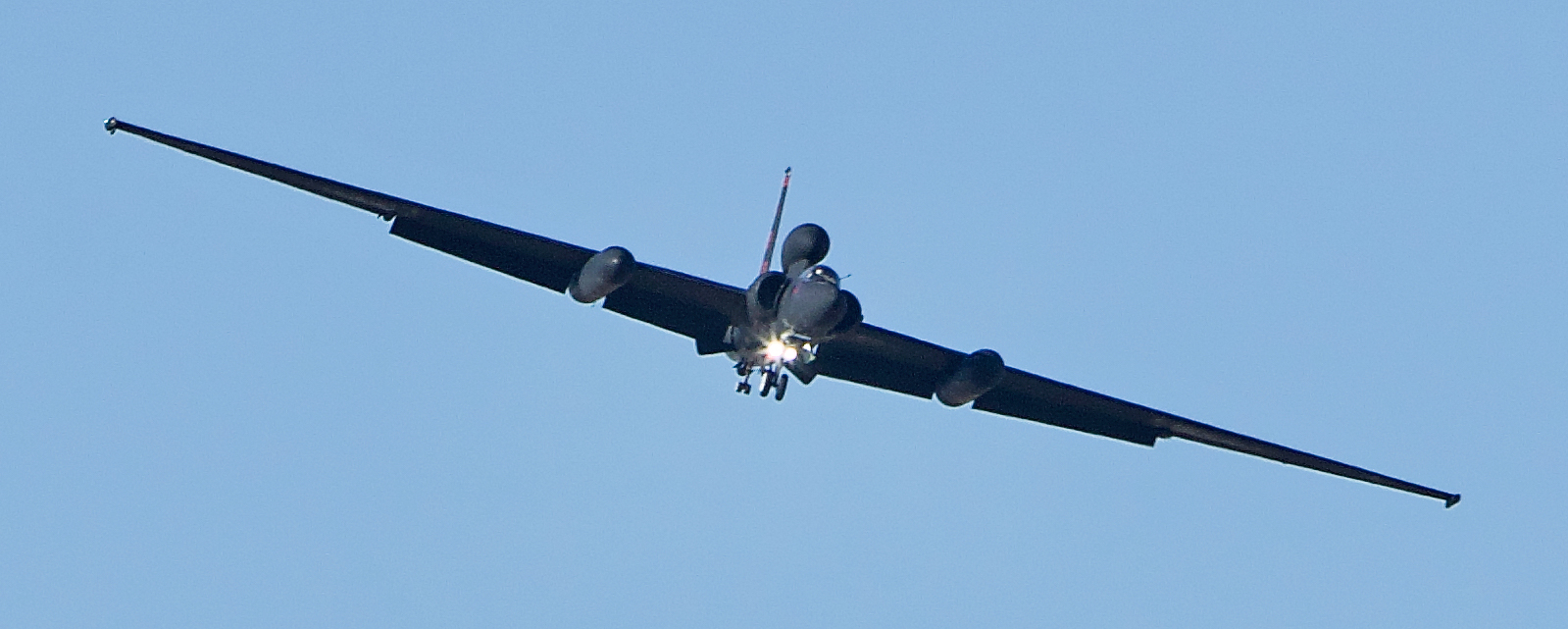



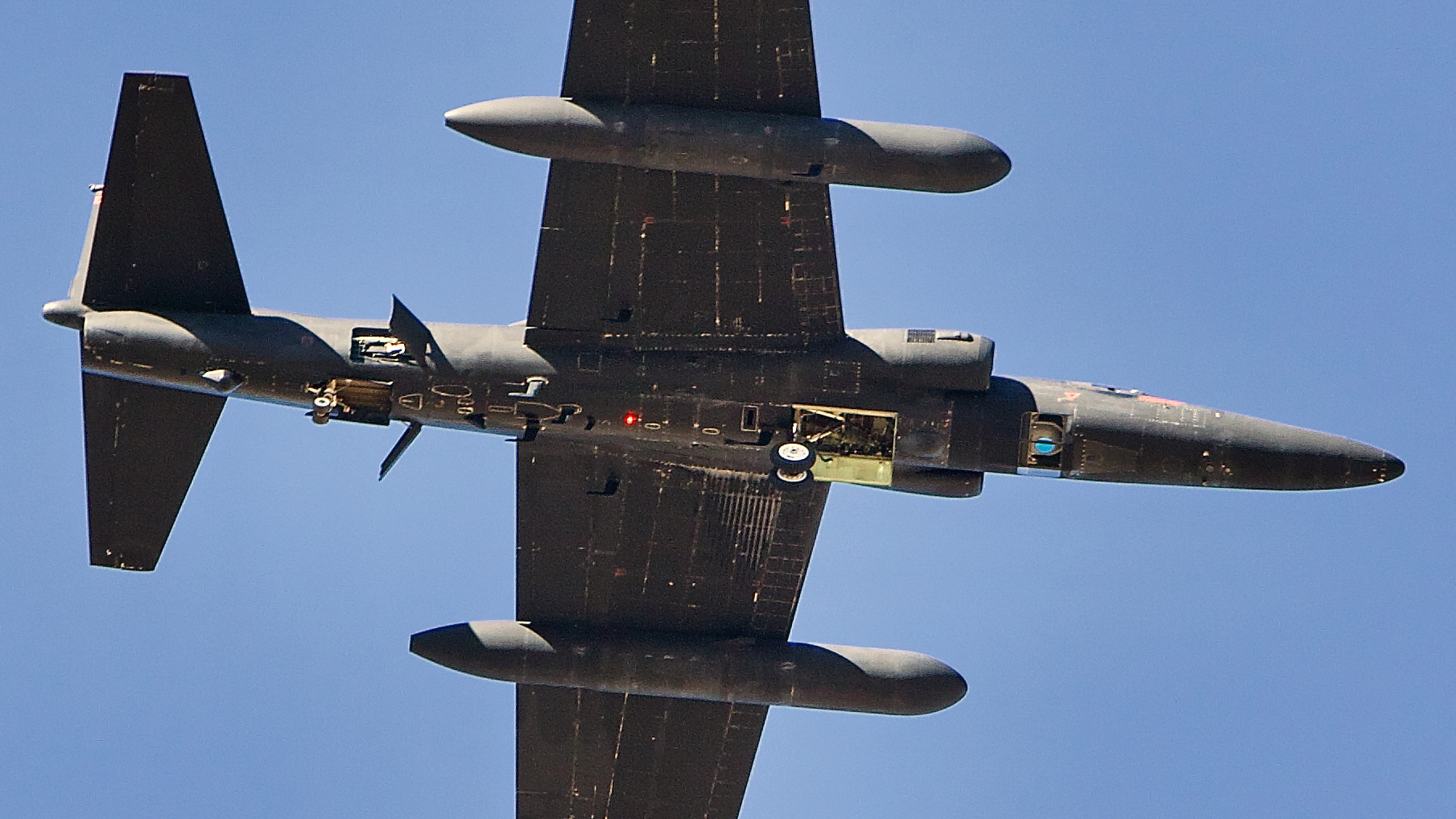
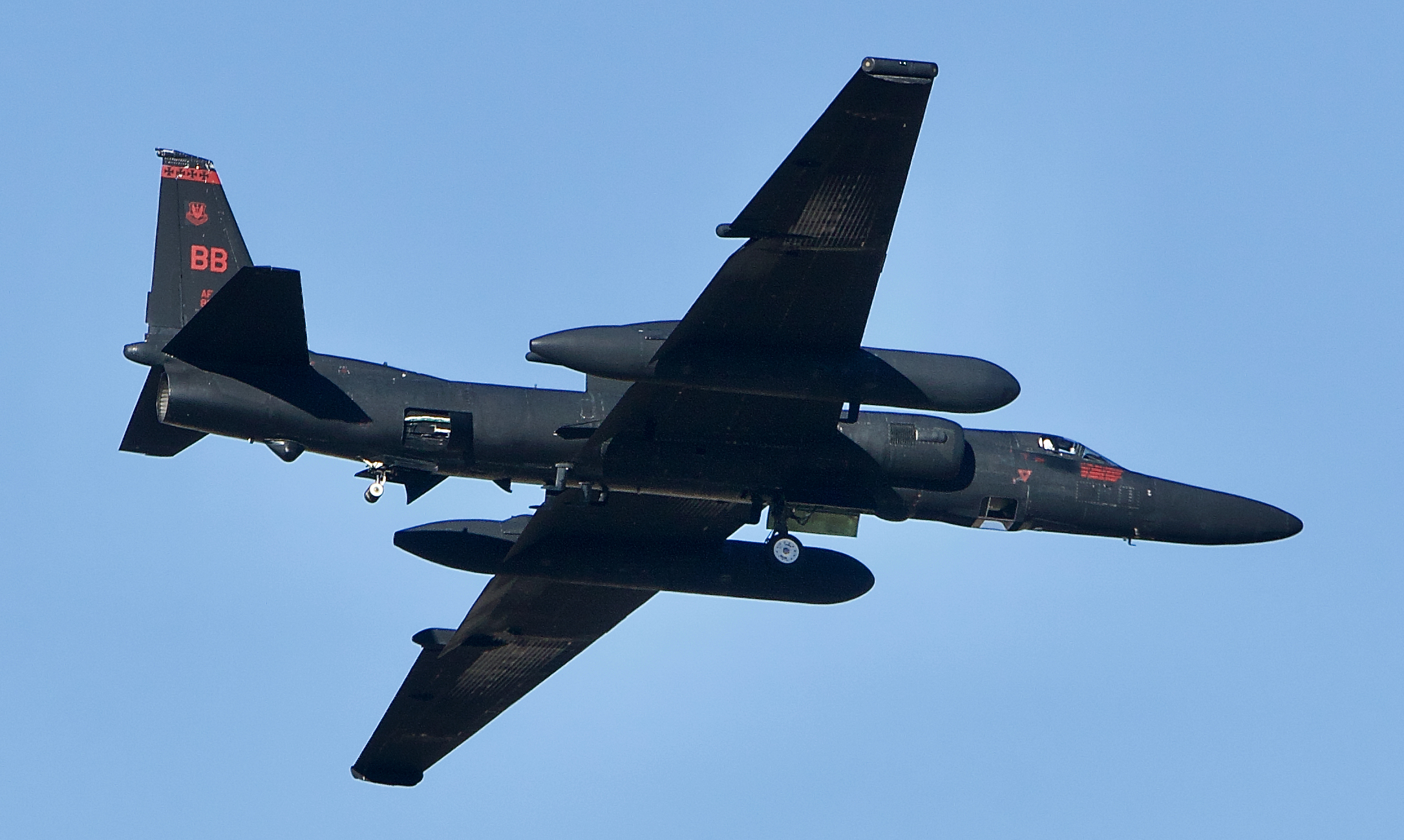

It’s also worth noting that this U-2 is carrying the hard-to-miss, dorsally-mounted Senior Span/Spur satellite communications data-link system as well as what appears to be a signals intelligence gathering capability. There are also a number of ventral aerials and one on the right wing-mounted superpod that are usually associated with a part of the full Senior Glass signals intelligence suite. Part of what makes the U-2 a modern marvel to this very day is just how brilliantly modular and adaptable it is. You can read all about the U-2’s various intelligence-gathering configurations in this past piece of mine.
Here is Matt Hartman’s account of the encounter with the interestingly equipped Dragon Lady, which included its Q-Bay payload that seemed to still be actively scanning:
It was a typical morning out at PMD (Palmdale Airport) just north of LA. Some C-130s were doing touch and goes, T-38s from nearby Edwards AFB were buzzing overhead—the usual stuff for a Thursday. That is except for the U-2 that had departed Palmdale earlier in the morning. This U-2 had a unique mission that day that took it up to Sacramento and then south, all the way to just near Tijuana, Mexico. It basically went on a long tour of California. At a perch of around 60,000ft above the earth, it covered almost every single major city in California.
Upon return to Palmdale, It became very clear this wasn’t a usual U-2 flight we are accustomed to seeing. Upon its low pass over runway 07 at Palmdale, I realized that this U-2 was in the “Senior Span/Spur” configuration, but something else was different. Under the chin and below and to the rear of the cockpit, there was a sensor/camera. It appeared to be scanning the earth, left to right in motion as the U-2 descended on final for runway 07. The blue mirror-like lens was easily seen scanning the ground below it. On its back, this U-2 also had its Senior Span/Spur dorsal pod with a gold stripe around it, which was a first for me.
Also of note, this U-2 was hiding its true identity. This U-2 has the serial number 80-1090 with a hex code of AE0964. This was NOT how it showed on all the popular aircraft tracking sites. It showed as 68-10336 with the hex code of AE094B during its flight. In the east, U-2’s I have tracked all have had this “default” serial and hex code, even though it’s incorrect. Very Odd indeed.
Upon landing, I was able to get more of a look at the shiny blue lens scanning away at the ground below. Then the Dragon Lady touched down and taxied away to its hanger.
The fact that the panoramic camera was still going about its oscillations even as the aircraft was about to land is interesting. One would think that the system would be shut down after collection has occurred.
While we can’t say just how unique the configuration is, it isn’t all that common to see stateside. As to what the U-2 was up to that day, we have no idea, but testing new sensors, subsystems, and communications architectures is what the test unit at Palmdale is all about.
At least it provided some nice photos that remind us just how versatile the Dragon Lady some 65 years since after she first took to the skies.
Contact the author: Tyler@thedrive.com
